Weaving a brighter future for traditional craft
来源:中国日报英文版
2023-01-27 10:07:01
原标题:Weaving a brighter future for traditional craft
来源:中国日报英文版
Original Headlines:Weaving a brighter future for traditional craft
Source:中国日报英文版
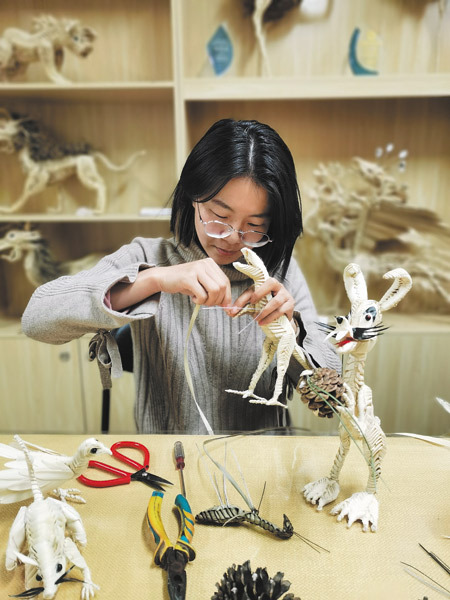
Wu Cui makes a straw-woven dinosaur at a studio in Beijing in October. [Photo provided to China Daily]
Young straw-plaiting craftswoman aspires to bring new splendor to ancient technique
What's the first thing that pops into your mind when you think of wheat straw? Most people would probably just see it as a pile of waste in a farmer's field. However, Wu Cui, an intangible cultural inheritor, can turn the straw left over from harvested wheat into beautiful and eye-catching functional artworks.
"The most common materials, such as wheat stalks, corn husks and reeds, once processed by the hands of craftsmen, can be magically transformed," says Wu, a straw plaiting craftswoman from Helan county, Northwest China's Ningxia Hui autonomous region.
Straw plaiting is a method of manufacturing daily items or artworks by braiding straw. It was listed as a national intangible cultural heritage in 2008.
"The technique enjoys a profound history in China and has played a significant role in the daily lives of common people, whether it's wearing slippers or hats made from straw, or using a straw basket or a straw mat," explains Wu, 28, a sixth-generation inheritor of straw plaiting.
The earliest straw-woven products were unearthed at Hemudu Cultural Ruins, a Neolithic cultural site located in East China's Zhejiang province. The Book of Rites, one of the classical works of Confucianism, also records that there were already mats made of cattail grass and professional straw-weaving craftsmen during the Zhou Dynasty (c.11th century-256 BC).
For Wu, her family have provided a lot of support, while the countryside, where she got involved with the craft, is a source of inspiration.
"Immersed in an atmosphere with a passion for the technique, I made the straw-plaiting my job and started from scratch after graduating from university two years ago," Wu says.
Now, she is working at a company in Beijing that focuses on the promotion of traditional crafts, such as straw plaiting and clay sculpture.
Wu also described her uncle, the fifth-generation inheritor of straw plaiting, as her first teacher.
"As a child I had a penchant for catching grasshoppers and remembered how my uncle taught me to make a grasshopper cage, my first straw-weaving work," she recalls.

Straw-braided cranes are arranged to form an artistic scene. [Photo provided to China Daily]
To complete a work, Wu says she is meticulous about planning, production and revision, a practice the young woman adheres to with every piece.
Different pieces need different materials, Wu says, adding that products modeled after insects are usually made using leaves from palm trees or reeds, while hats, small baskets, and big animals are mostly made using straw.
Wu explains the process of straw weaving: "When the wheat is ripe, pick the top part of the straw, the one with the ears of wheat, as it is longer. Then tie them up and dry them. Before knitting, the wheat straws need to be soaked in warm water to make them more flexible and avoid them breaking."
A layman might think that the work is just about the actual weaving. According to Wu, however, selection of materials is the first step of a complicated, time-consuming and labor-intensive process that can take weeks, or even months, to complete.
"You need to sketch the piece on paper, which requires drawing skills, and also conceive its three-dimensional structure. Next comes the weaving, shaping and finally the preserving of the work," Wu adds.
"Even by adhering to that process, it does not mean that you will always create a good piece of work, and the hardest part is to make it lifelike and solid," Wu says, adding that, to this end, she will take pieces apart and try again.
Wu recalls that, when she was a child, woven straw items could be found almost in every household in the countryside, such as straw hats and straw shoes, because they were practical in everyday life.
"Due to the impact of industrialization, manufactured goods have replaced such products, which yield low profits, and there are only about 100 individuals engaging in the work across the country," she notes.
"The world has changed, and craftsmen need to transcend practicality and pursue the beauty and artistry of straw culture to help the craft survive and thrive," she says.

The two straw cranes made by Wu. [Photo provided to China Daily]
From her perspective, straw plaiting should respond to people's needs and preferences, while still drawing inspiration from traditional culture.
In today's fast-paced modern life, people have a desire to embrace nature and find pleasure in it, she says, adding that straw plaiting can meet people's spiritual and cultural needs.
"For instance, intangible cultural heritage has growing importance on campus, and I used to be invited to teach students about the history of, and demonstrate, the straw plaiting technique," she says, adding that students were very engaged and eager to learn about it.
"We also exhibit works that are popular in the market at our office, which always draws people's attention," she says.
"By occupying a position in the market and winning the hearts of consumers, more people will understand the culture behind the techniques, and more craftspeople will be encouraged to devote themselves to it as a career," she adds.
"Thanks to government's emphasis on precious folk crafts, straw plaiting will have a larger public profile," she says.
At present, China has established a tiered system of intangible cultural heritage, spanning the national, provincial, municipal and county levels, and it has identified more than 100,000 representative items of each one.
"For straw plaiting to blossom, craftspeople should make a concerted effort to grasp the trends and opportunities of the times to create new and relevant products," she says.
When asked about her plans, Wu says she aspires to dig deeper into local traditional culture and create cultural creative products by fully leveraging the straw plaiting technique.
"I will try to make products modeled on the rock paintings of Helan Mountain, which have a profound history, and take measures to bring new splendor to the ancient traditional craft," she says.
想爆料?请登录《阳光连线》( http://minsheng.iqilu.com/)、拨打新闻热线0531-66601253,或登录齐鲁网官方微博(@齐鲁网)提供新闻线索。齐鲁网广告热线0531-66601253,诚邀合作伙伴。

济南:文旅“大礼包”给力 让消费复苏“井喷”下去
- 趵突泉花灯璀璨、芙蓉街小吃摊长龙重现、华山庙会游人如织、各大电影院爆满、朋友圈摄影大赛回归……疫情防控政策优化调整后的首个春节,济...[详细]
- 济南日报 2023-01-27
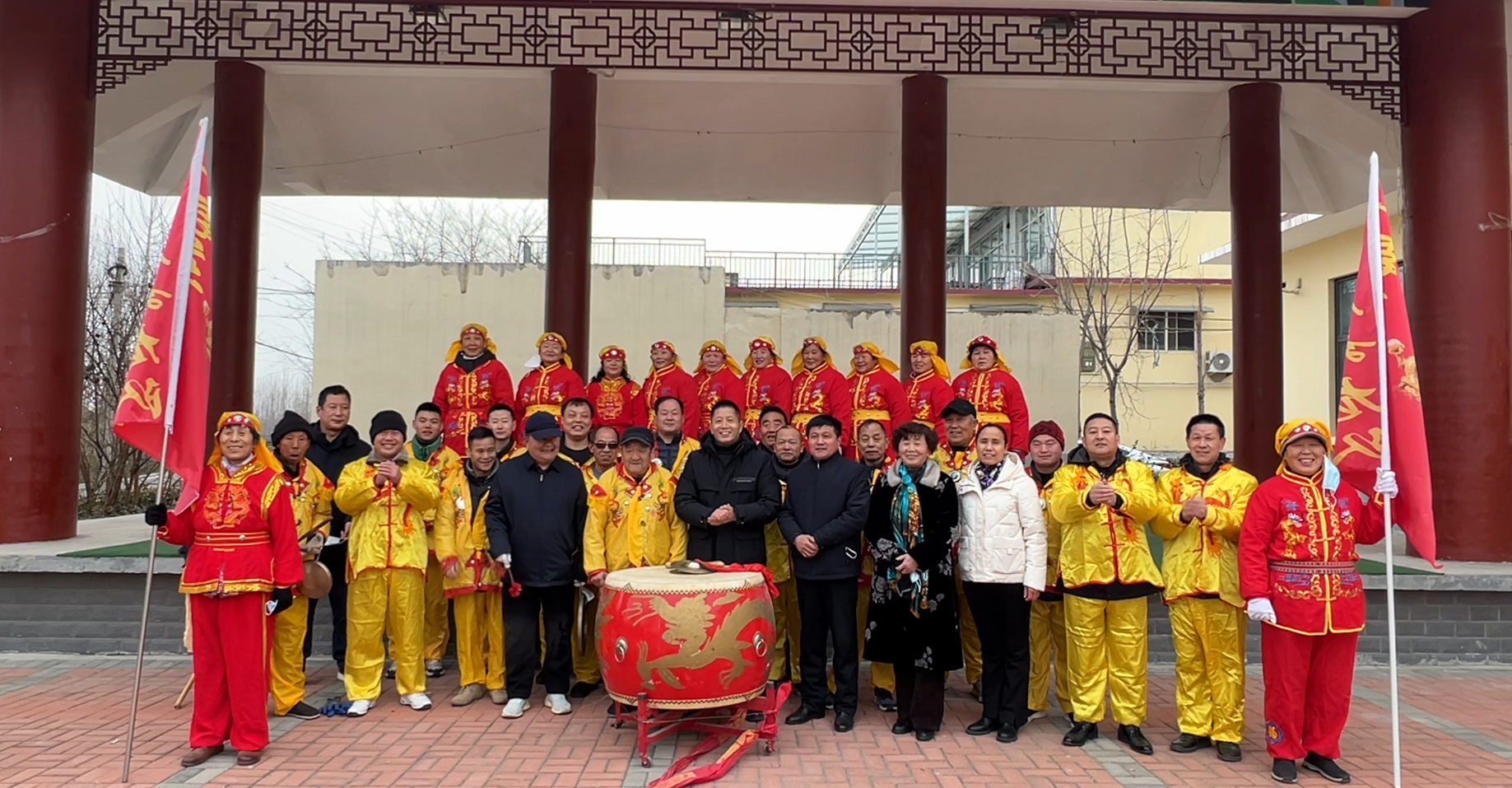
我家的年俗丨济南有这样一支舞龙队 “全家总动员”给老人贺新春
- [详细]
- 齐鲁网 2023-01-26

济南历城剪纸非遗传承人:一把剪刀剪出浓浓年味
- [详细]
- 齐鲁网 2023-01-26
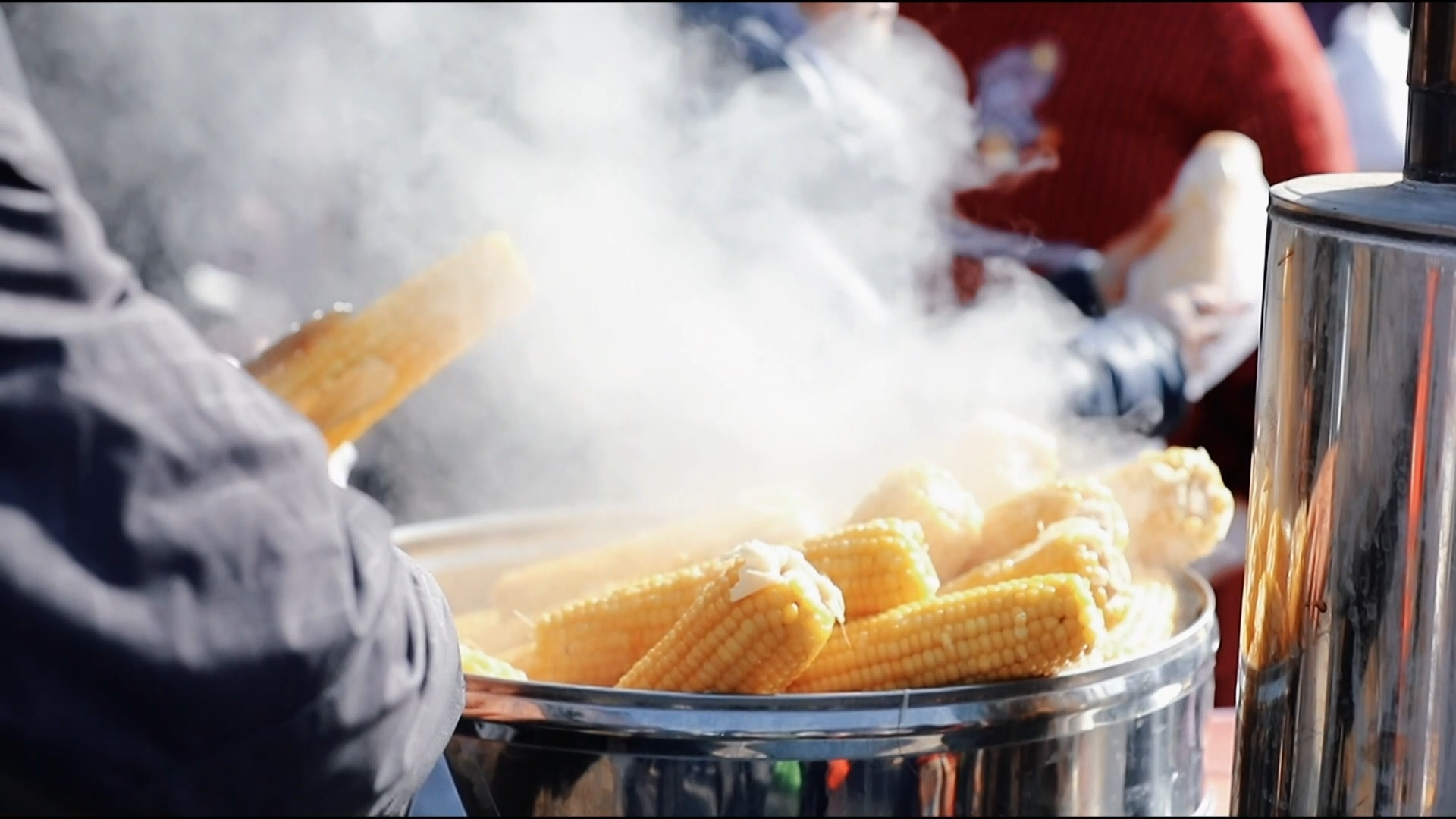
走进济南历城唐王大集 感受市井长巷中的人间烟火气
- [详细]
- 齐鲁网 2023-01-26
济南水务集团迎战“极寒”天气的抢修事
- 农历兔年的首个寒潮天气来袭,济南室外温度突降至-12℃,可谓是“透心凉”。为应对本轮寒潮天气,济南水务集团在春节假期上演了一场供水“...[详细]
- 大众网 2023-01-26
新春走基层|供暖管家李东的“平凡世界”: 从“理工男”到“多面手”
- 近日,记者走进济南能源集团所属济南热力集团,了解春节坚守在岗的供暖管家李东的“平凡世界”。2015年入职的他,凭借专业的知识,在供热一...[详细]
- 大众网 2023-01-26

济南槐荫:文旅消费持续升温,游客“井喷式”增长
- [详细]
- 齐鲁网 2023-01-26

新春走基层 丨人人都会防火情查事故讲知识 看只有3人的消防工作组如何守护平安?
- 济南新旧动能转换起步区全面驶入快车道,各项发展成形起势。2019年7月,济南新旧动能转换起步区消防工作组正式入驻,这个只有3位监督执法人...[详细]
- 大众网 2023-01-25
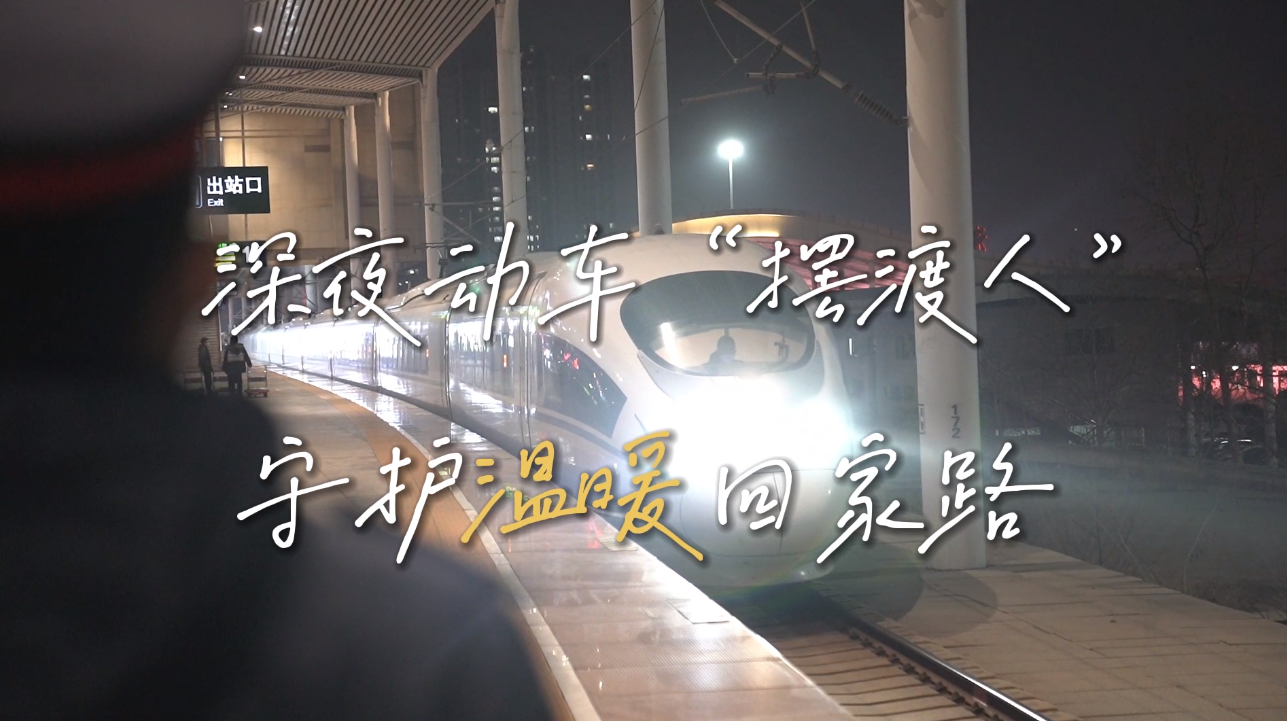
新春走基层丨深夜里的动车“摆渡人” 守护温暖回家路
- [详细]
- 齐鲁网 2023-01-25
灯火璀璨夜色如画 济南新年别样美
- 夜幕降临,经十路道路两侧的高楼鳞次栉比,以绚丽多彩的灯光勾勒出各种不同的形象,组成一幅幅美丽图画。老城大街小巷里布满了各式各样的彩...[详细]
- 济南日报 2023-01-25

济南黄河之上银鸥飞翔
- [详细]
- 济南日报 2023-01-25
零时公交“守岁人”:伴着新年钟声,兔年首班车准时发出
- 每天凌晨零时,济南公共BRT-1号线公交车,都会准时守候在济南高铁西客站公交枢纽,驾驶员左新忠接上高铁站最后一趟车的乘客后才驶离站牌,...[详细]
- 大众网 2023-01-23
兔年初一旅游火爆!天下第一泉景区接待游客9.13万人次
- 济南阳光和煦,清爽怡人,城市沉浸在浓郁的节日氛围之中,温暖、愉悦而祥和,各类文旅活动精彩纷呈,让这座有着厚重历史传承的文化名城焕发...[详细]
- 大众网 2023-01-23
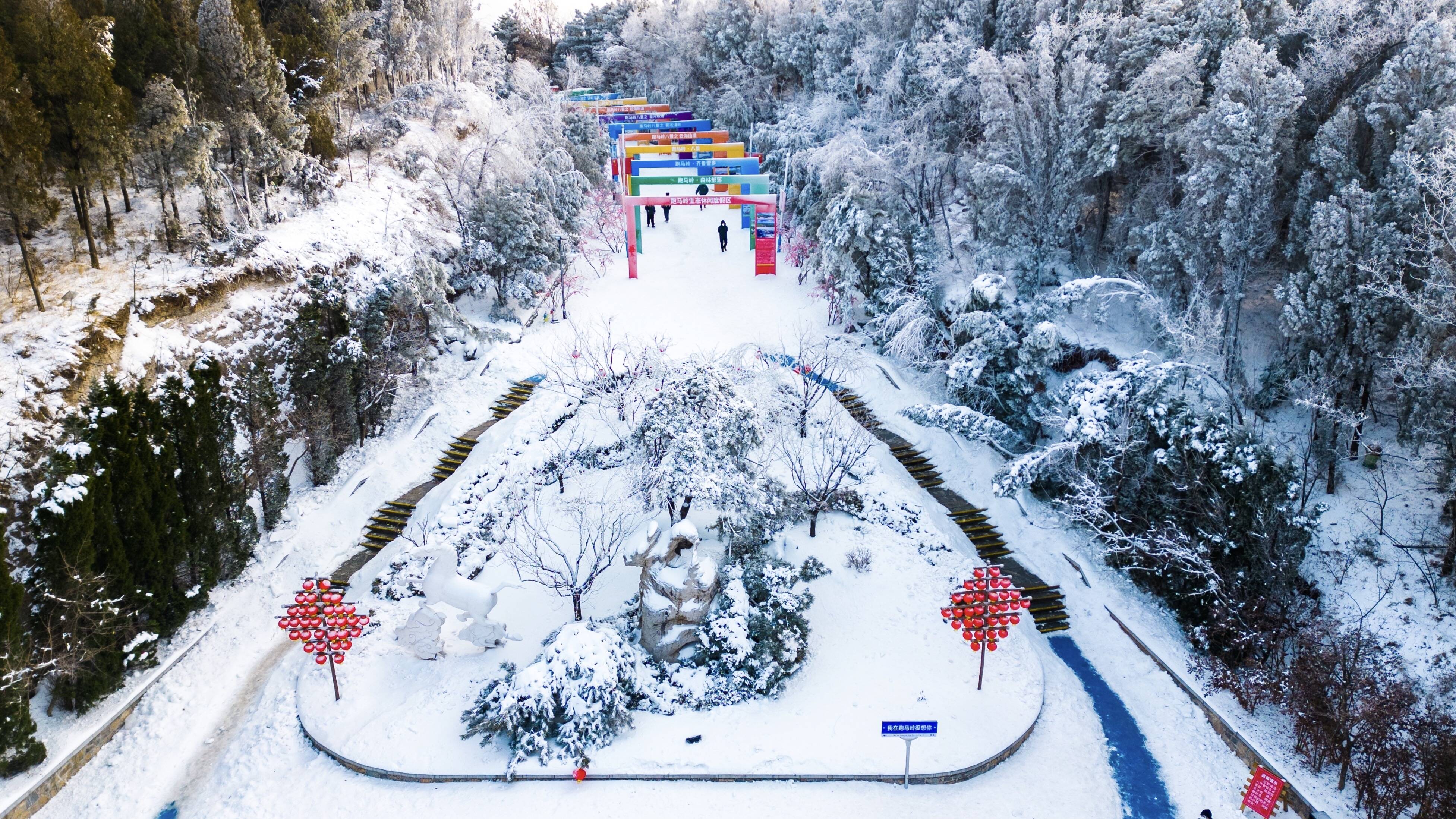

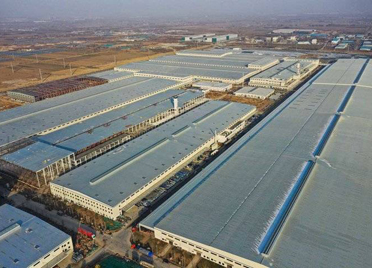


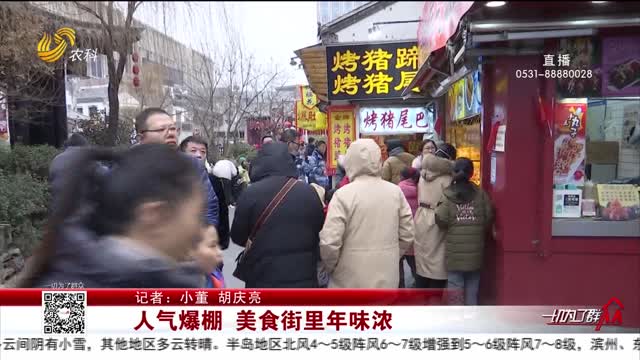

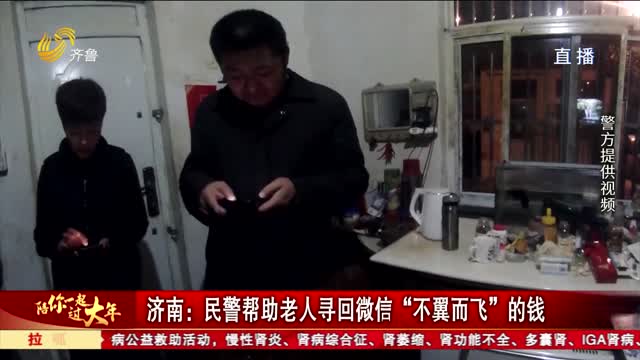




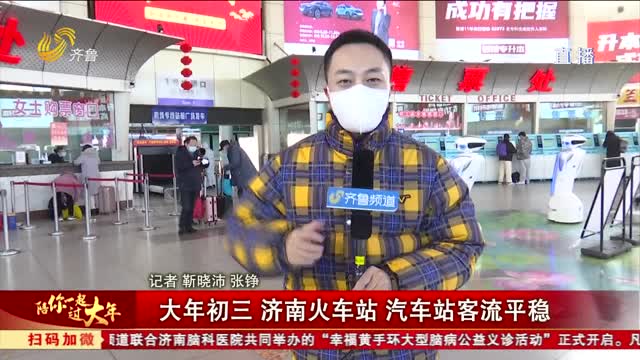
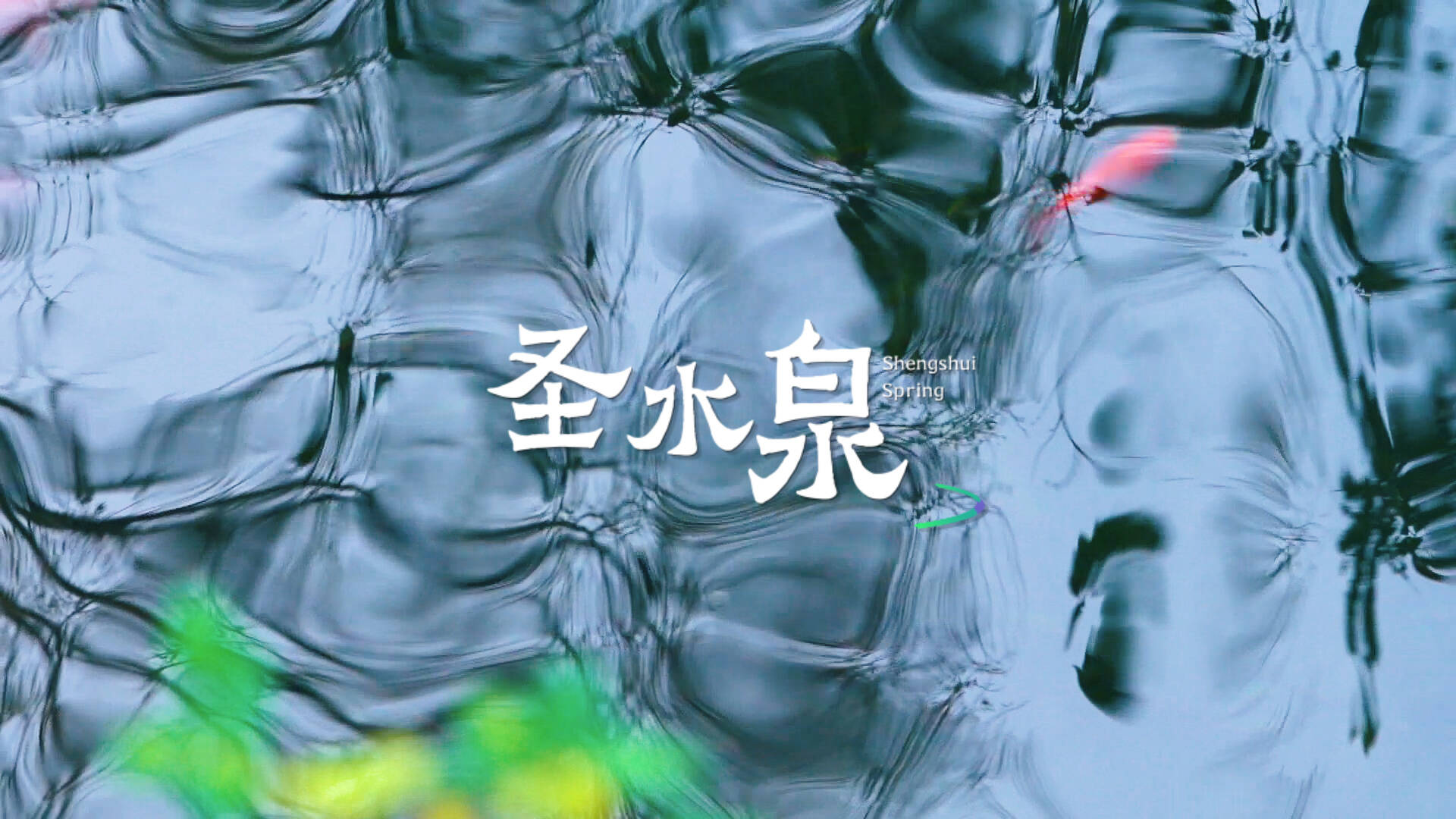
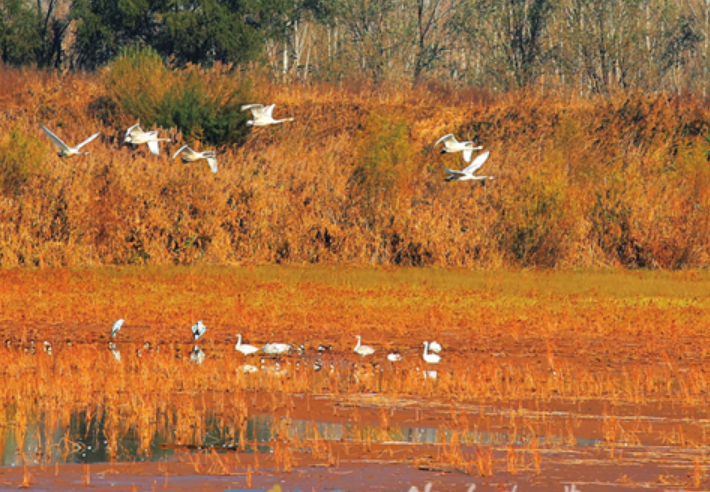

网友评论仅供网友表达个人看法,并不表明齐鲁网同意其观点或证实其描述我来说两句